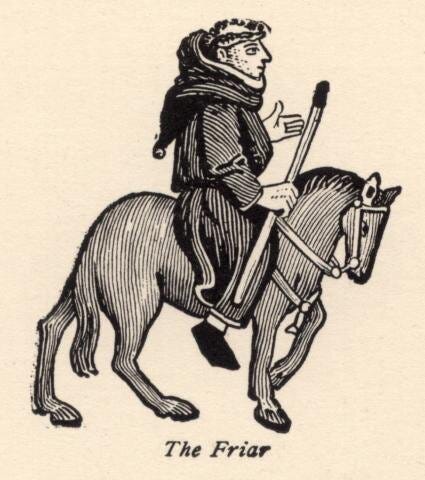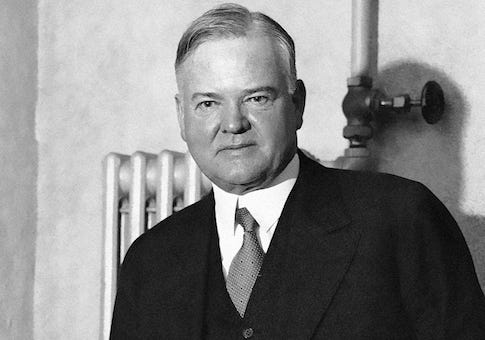Three John Cheever Stories about Telling Stories
The Stories We Tell Ourselves and Each Other
I recently saw the movie Parthenope, solely because reviews said that Gary Oldman plays John Cheever, wandering around drunk and sad and gay. I enjoyed it, but I’m not really sure what it was about. I mean I knew the plot of a young woman who is very beautiful and smart, loving anthropology and miracles, but also being tempted to become an actress. At one point she has sex with a priest. The mixture of the sacred and the horny that was the director’s staple on The Young Pope was present. He even cast his favorite actor on The Young Pope to play a professor who is taking care of a child with disability issues.
I’m not even sure what to make of Gary Oldman’s portrayal of John Cheever. He’s miserable and he hates himself. At one point, Parthenope invites him to walk with her and he says that he doesn’t want to take her youth. So she goes off with her brother and boyfriend. Her brother kills himself after seeing John Cheever at an outdoor cafe enjoying a very drunk breakfast. It’s definitely one interpretation of John Cheever.
These three John Cheever stories are about the ways we tell stories. We tell ourselves stories and we tell stories based on our needs and wants when it comes to the events. As Akira Kurosawa so brilliantly portrayed the dynamic in Rashomon, we tell often tell stories in a way that makes us look better than we are, or worse than we are (depending on our mood).
In “The Day the Pig Fell into the Well,” John Cheever gives us the Nudd Family and their vacations to Whitebeach Camp, where they constantly tell the same story, full of misunderstandings, boat accidents and one very unfortunate pig. It’s a story that they all care about, but would never entertain outsiders. John Cheever explores where they were that day and what happened to them since. This is also one of the few Cheever stories where a character dies in WWII.
“The Day the Pig Fell into the Well” (The Stories of John Cheever)
“In the summer, when the Nudd family gathered at Whitebeach Camp, in the Adirondacks, there was always a night when one of them would ask 'Remember the day the pig fell into the well?' Then, as if the opening note of a sextet had been sounded, the others would all rush into their favorite parts, like those families who sing Gilbert and Sullivan, and the…
The next story is “The Five Forty Eight” where a man is stalked by his former fling/fired secretary. When either tells the story of their relationship, they have vastly different versions. For the man, she was a woman that he slept with and then got uncomfortable around. For the woman, it was a nasty affair that broke her to the point that she needs revenge. Even though Alfred Hitchcock Presents did an adaptation, this story is more interesting for how it portrays the way people process their emotions.
"The Five Forty Eight" (The Stories of John Cheever)
Spend too much time online and you'll find the misogynists with their pickup artist guides, their Andrew Tate worship, their red pills and their Gamergate nostalgia. They don't just hate women. They hate men who fail at toxic masculinity. If a man openly loves someone, he's a simp. If a man supports feminism, he's a cuck. Men who express emotions are we…
Finally, we have “Just One More Time” a story that says a great deal about America’s attitude towards itself the 1950s. Steineck was the writer of the Great Depression. John Cheever is the writer of the almost miraculous recovery. The story can feel like a cheat since it’s about the kind of couple you see in Gothic literature, once wealthy living on the scraps of yesterday (The Fall of the Luxury Apartment of the Usher?) only Cheever zigs when you think he’s going to zag.
"Just One More Time" (The Stories of John Cheever)
Towards the end of Young Adult, Charlize Theron's Mavis sits at a table humiliated and broken. In a shaky first step to redemption, she expresses remorse. Without warning, a minor character assures her that she's better than anyone in her hometown. They did nothing. She moved to Mineapolis and became a published writer. Fuck this town. Fuck these people…
Ok. That’s it. Again, I’m working on an article about a John Cheever story (“Just Tell Me Who it Was”) and it’s a weird one, since the main character is both smug and very insecure. I haven’t linked to The Stories of John Cheever in awhile, so buy it.
Again, my finances suck thanks to ChatGPT stealing my jobs. I’ve been sending out my resume to every kind of job from paralegal to substitute teaching to publishing. No bites. Even the temp agencies are ghosting me. So if could help, either with a paid subscription or a donation to my Gofundme, I’d be most grateful.
Finally, I am going to post more of my fiction on Kindle (and other venues) in the coming months, but I have already posted Sugarplum Zombie Motherfuckers. So buy a copy. I like the stories and I think you will too.








I saw the movie as pure myth: to me she was the human representation of Venus. She was born in water, alluring to any man or woman, somewhat careless yet soulful. The sex with priest was deeply mythological to me as well. The priest represents the bridge between spirit to matter. In this I almost saw her as Sophia, the counter of Christ since the Divine Feminine has many faces. She could also very well just be Venus, the morning star anchored by masculine in the holy temple. The movie was visually stunning, but it lacked depth apart from the symbolism. The Young Pope is a masterpiece!
Saving this to read later, when I have time to read all three, because, I'm ashamed to admit, I've never read any John Cheever. But I'd let Gary Oldman walk on me with cleats and I'm not even into that thing.